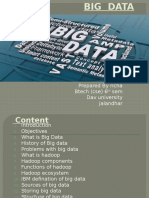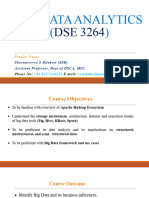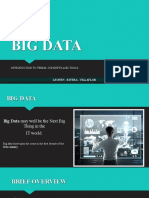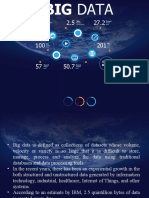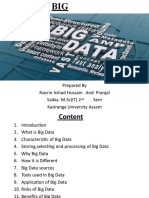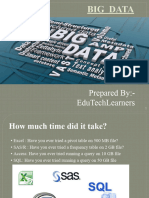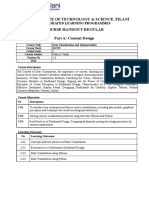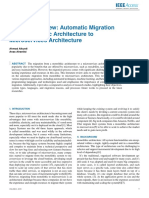0% found this document useful (0 votes)
27 views29 pagesLecture8 - Big Data (Hadoop)
Big Data using Hadoop
Uploaded by
amirosama2121Copyright
© © All Rights Reserved
We take content rights seriously. If you suspect this is your content, claim it here.
Available Formats
Download as PDF, TXT or read online on Scribd
0% found this document useful (0 votes)
27 views29 pagesLecture8 - Big Data (Hadoop)
Big Data using Hadoop
Uploaded by
amirosama2121Copyright
© © All Rights Reserved
We take content rights seriously. If you suspect this is your content, claim it here.
Available Formats
Download as PDF, TXT or read online on Scribd
/ 29












